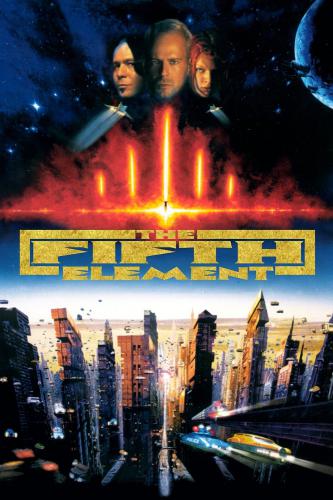You are here
Villains versus Villains: Writing Persuasive Dramatic Monologues
Primary tabs

Students work in groups to compose persuasive, dramatic monologues from the perspectives of famous, fictional villains.
Their goal is to convince the audience that the fictional, villainous actions committed were justified or, at the very least, sympathetic. This assignment focuses on voice, audience, and ethos.
In preparation for their final paper (in which students choose a particular written form and publication venue – with very specific styles – to “publish” their argumentative essay), students will practice developing a consistent persona, recognizing the importance of context and audience. Writing from the perspective of an “unlikable” or unsympathetic figure will force students to exercise more awareness when modulating tone and more precision when structuring their syllogisms.
No technology is required although the availibility of desktops/laptops would make this assignment easier for the students.
- Have your students watch or read an excerpt of a villainous speech you’ve found commendable or seductive. In my case, I showed a YouTube clip of Zorg’s (Gary Oldman’s) speech from The Fifth Element.
(As an added bonus, I later showed a clip of Al Pacino’s irreverent speech as John Milton from The Devil’s Advocate)
- I also gave them a printed version of the monologue so that they could follow along
Priest Vito Cornelius: I try to serve life. But you only seem to want to destroy it.
Zorg: Oh, Father. You're so wrong. Let me explain.
[Puts an empty water glass on his desk]
Zorg: Life, which you so nobly serve, comes from destruction, disorder, and chaos. Now take this empty glass. Here it is: peaceful, serene, boring. But if it is destroyed -
[Pushes the glass off the table. It shatters on the floor, and several small machines come out to clean it up]
Zorg: Look at all these little things! So busy now! Notice how each one is useful. Why a lovely ballet ensues, so full of form and color. Now, think about all those people that created them. Technicians, engineers, hundreds of people, who will be able to feed their children tonight, so those children can grow up big and strong and have little teeny weeny children of their own, and so on and so forth. Thus, adding to the great chain of life. You see, father, by causing a little destruction, I am in fact encouraging life. In reality, you and I are in the same business.
- Students are told to engage in a detailed analysis, breaking down rhetorical elements of the chosen monologue. How does the speaker twist his/her morally reprehensible actions/behaviors into positive ones?
- Because Zorg’s speech was based on an 1850 essay by Frédéric Bastiat, I had my students read a portion of that text (That Which is Seen and That Which is Unseen) – “the parable of the broken window” - and discuss how Bastiat essentially deconstructs and points out the flaws of Zorg’s argument (and any like his).
- Students are then divided into groups of threes. They must pick a tv show, film, book, comic, game, etc. with a clear villain/antagonist everyone in the group is familiar with (this ensures equal contribution).
- Depending on the amount of time the instructor plans to spend on this assignment, the requirements can be adjusted. I told my students to
“Write a dramatic monologue of at least 2 paragraphs from that character’s perspective, justifying a major villainous action or story arc. Be sure to make use of ethos and pathos (e.g. The Tragic Back Story or The Misunderstood Misfit).
Be as serious as possible. You may use humor, satire, irony, etc. when appropriate, but that is no excuse for weak argumentation and sloppy writing. Style and voice matter! Stay in character.”
- Students then posted their completed monologues to a discussion board and had the option of presenting their speeches in front of their classmates. I had a class of 14 and the major villains were: Lotso from Toy Story 3, Captain Hook from Peter Pan, Magneto from X-Men, and Scar from The Lion King.
- Though we ran out of time, the final bonus round involved a villains versus villains debate. The groups were to compose brief arguments as to why each was the most ethically sound, or least morally problematic antagonist.
Find an interesting sample speech, and if possible, a complementing one that serves as a foil or rebuttal.
1. Contribute to class discussion
2. Contribute to group work (analyzing and writing)
3. See assignment description
The interactive, creative component of this assignment – and making sure that the groups were small – helped motivate every student to go all in. This is more of a participation grade than anything else.
Many of the students were very excited about their final product and enjoyed looking at ethos and voice from this perspective.
Rhetoric 306 is a course designed to introduce students to the fundamentals of research and argumentation. They are asked to research a controversy, summarize and analyze the arguments of the major stakeholders in that controversy, and then develop their own arguments.
-

- Log in to post comments

